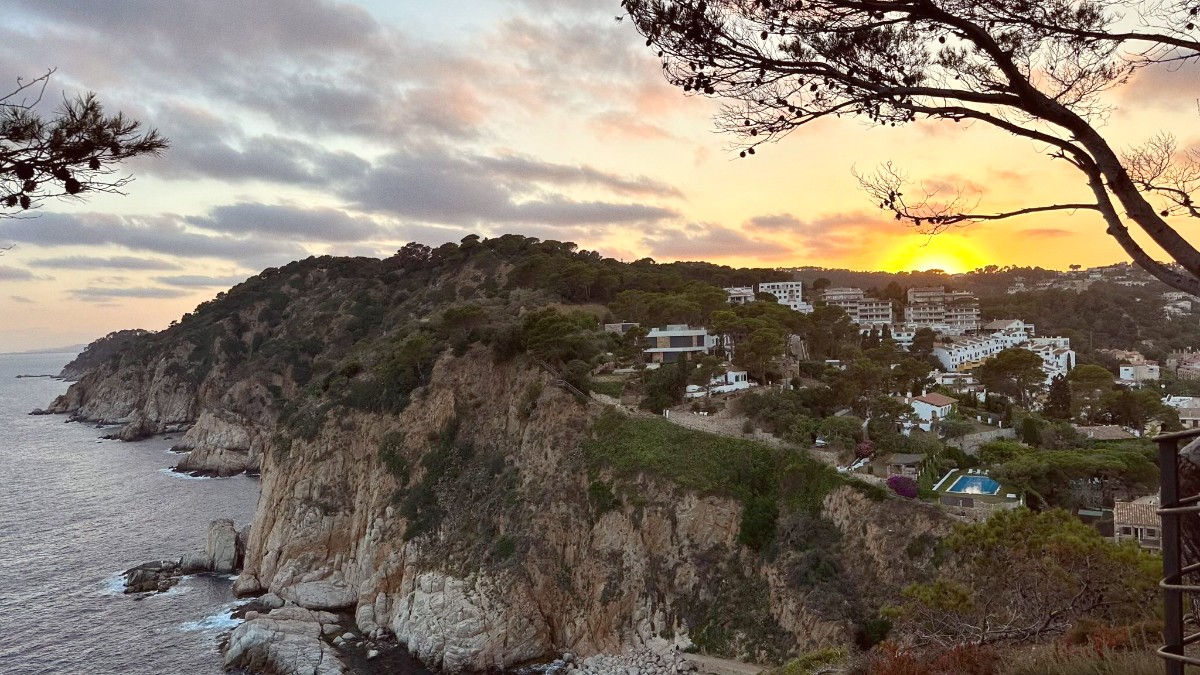
Spain
This is the closest airport to many Costa Brava towns, about 12.5 km (7.8 miles) southwest of Girona city center. GRO mainly welcomes low-cost carriers, making it a popular choice for budget-conscious travelers from Europe. Its proximity simplifies transfers to the coastal resorts.
BCN is a major international hub, about 120 km (75 miles) south of the central Costa Brava region. It features a wider range of international and long-haul flights from around the world. While further away, its extensive connections often make it the preferred choice for travelers arriving from outside Europe or those seeking direct flights from major global hubs.
Flight frequency and prices peak during the high season (July-August) and major holidays. Expect higher fares and fuller planes during these times. Shoulder seasons offer a good balance of pleasant weather and competitive prices.
GRO offers basic facilities including car rental desks, bus services, taxi stands, a few shops, and cafes for your convenience.
BCN features extensive facilities across its multiple terminals. These include numerous shops (duty-free and retail), a wide selection of restaurants and cafes, lounges, car rental agencies, and direct connections to train, metro, and bus networks.
For international flights from BCN, arrive at least 2.5 to 3 hours before departure. For European flights, 2 hours is typical.
Allow extra time during peak season (July-August) for check-in, security, and passport control due to increased traffic.
Consider packing light to speed up airport processes and avoid baggage fees.
Beyond air travel, land transport options offer ways to reach the Costa Brava, specifically if you are traveling from other parts of Spain or neighboring countries.
Buses serve as a practical and economical way to travel to and within the Costa Brava. They link coastal towns, inland villages, and major cities.
You need a valid driver's license from your home country. An International Driving Permit (IDP) is for non-EU citizens and must be carried alongside your national license.
Roads are generally well-maintained. The AP-7 is a toll motorway offering a fast route. Coastal roads can be winding and scenic, offering breathtaking views.
While less common for international arrivals, sea transport plays a role in internal coastal exploration. Palamós is the main cruise port on the Costa Brava, welcoming smaller and medium-sized cruise ships.
The Costa Brava does not offer significant river transportation options for visitors; its rivers are generally not navigable for tourist purposes. For international cruise arrivals, standard Schengen immigration procedures apply, similar to air travel.
Cruise ports like Palamós have taxi stands and bus stops conveniently located, connecting passengers to nearby towns and further inland.
Limited passenger ferry services operate within the Costa Brava for short scenic trips between coastal towns or excursions to the Medes Islands.
There are no major international ferry routes directly to the Costa Brava.
Be aware of procedures and recommended timings for your departure. Spain does not levy specific exit fees or taxes on departing travelers at airports or ports beyond what is typically included in your airline ticket price.
Allow ample time to navigate the airport. Major train and bus stations offer basic amenities.
Airports (GRO, BCN) feature duty-free shops, retail stores, and a wide selection of restaurants and cafes.
Lounges are available at airports for travelers to relax before their flight.
Major train and bus stations provide waiting areas and often cafes or small shops for convenience.
Give yourself plenty of time for departure processes, especially during peak travel times, to avoid stress.